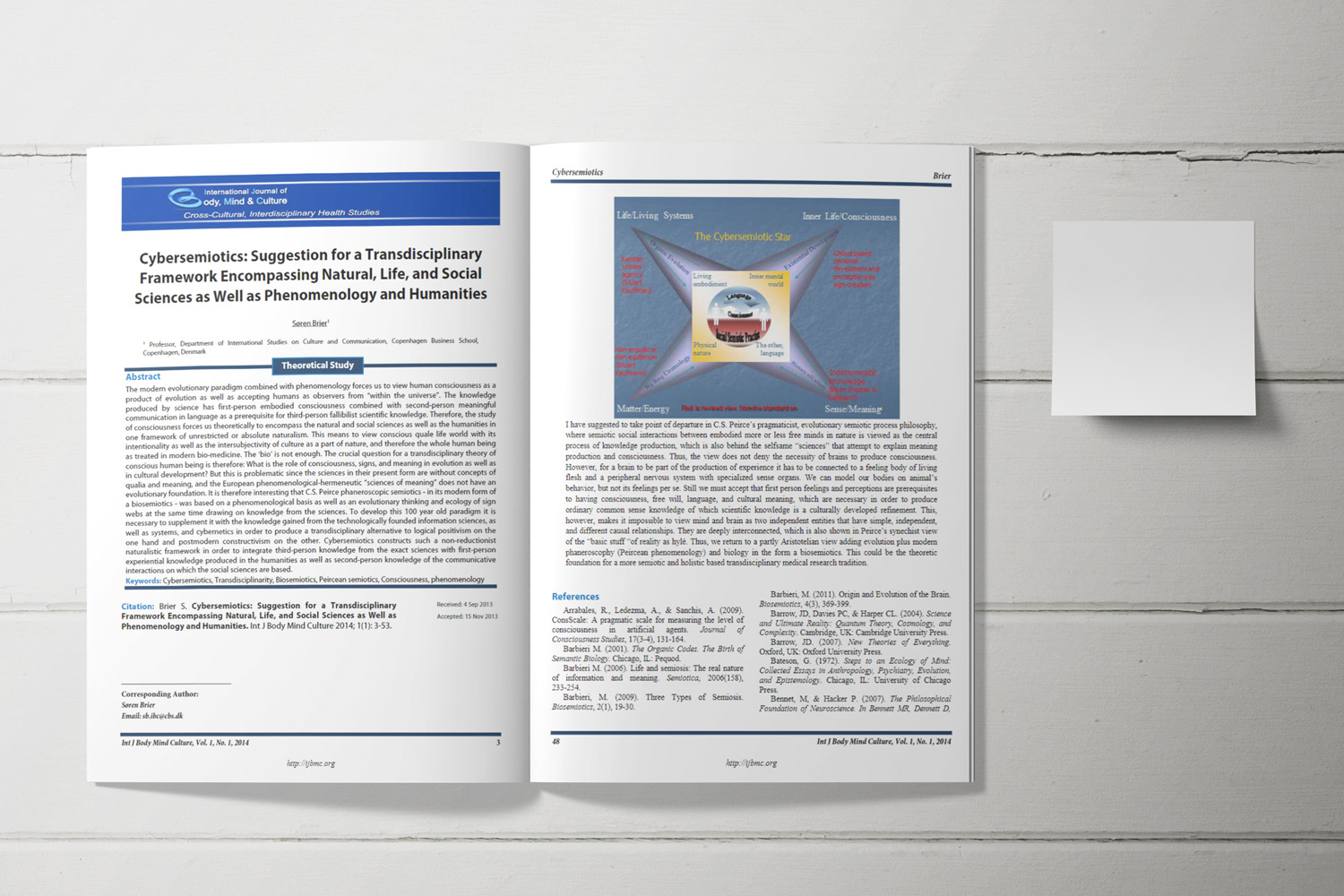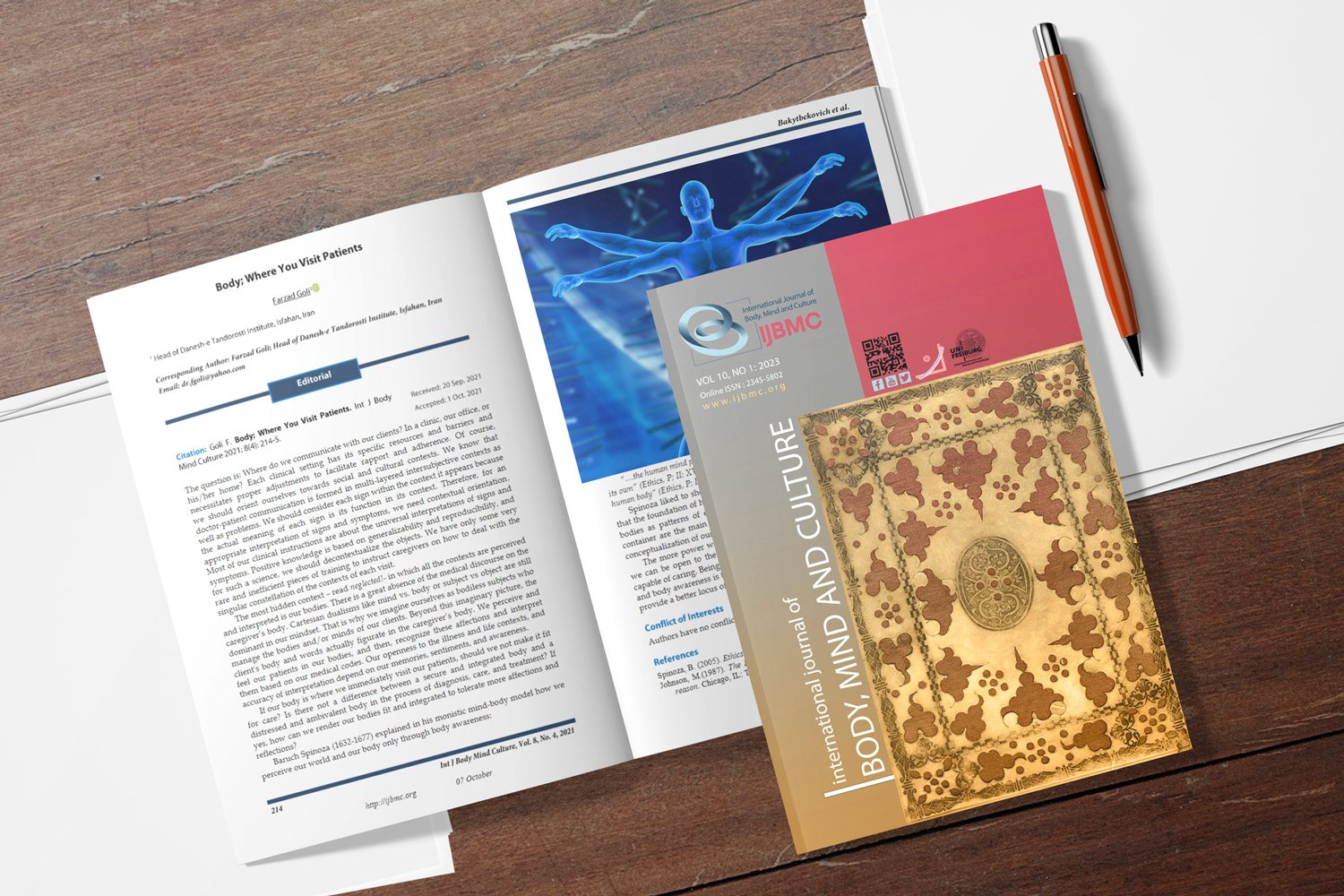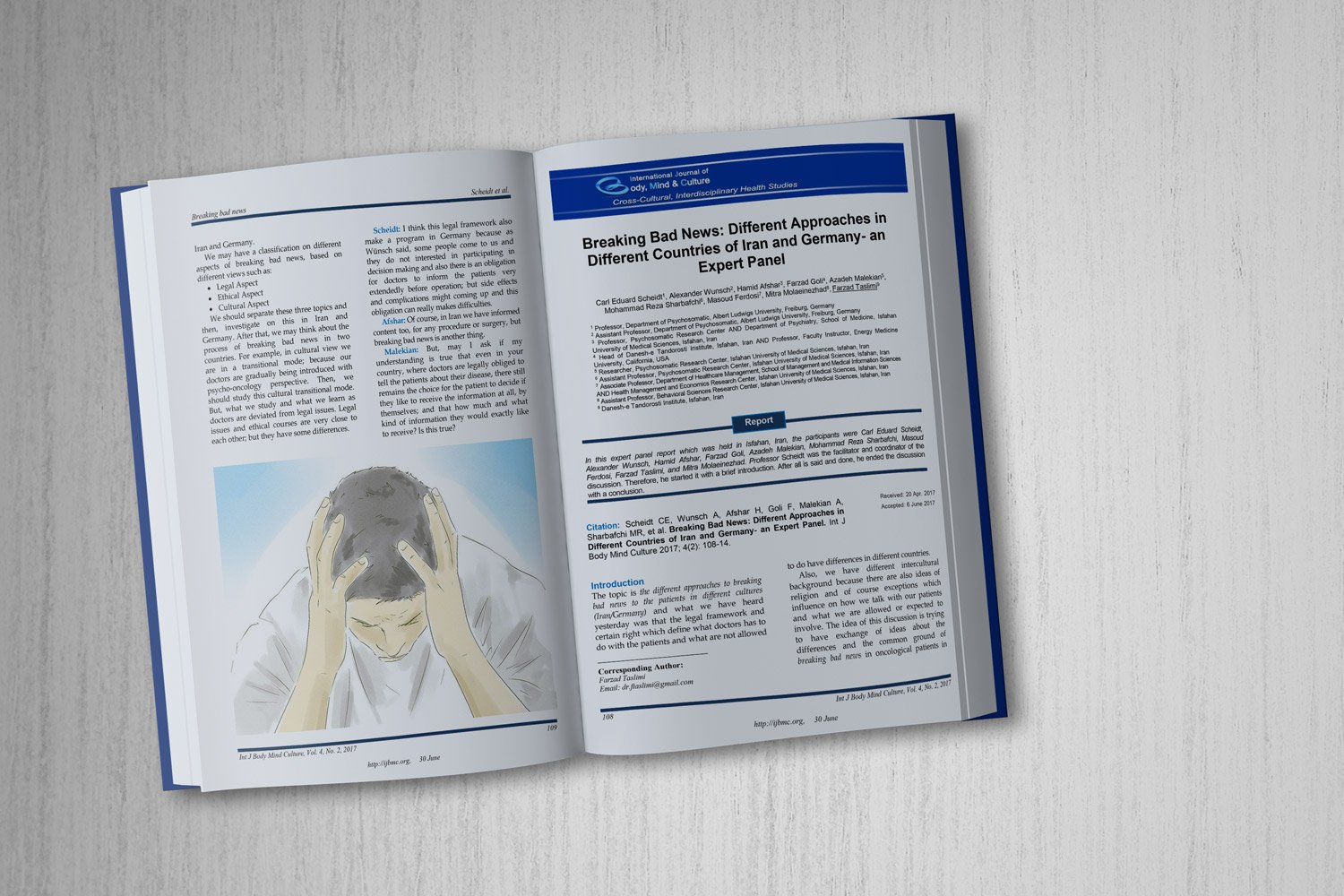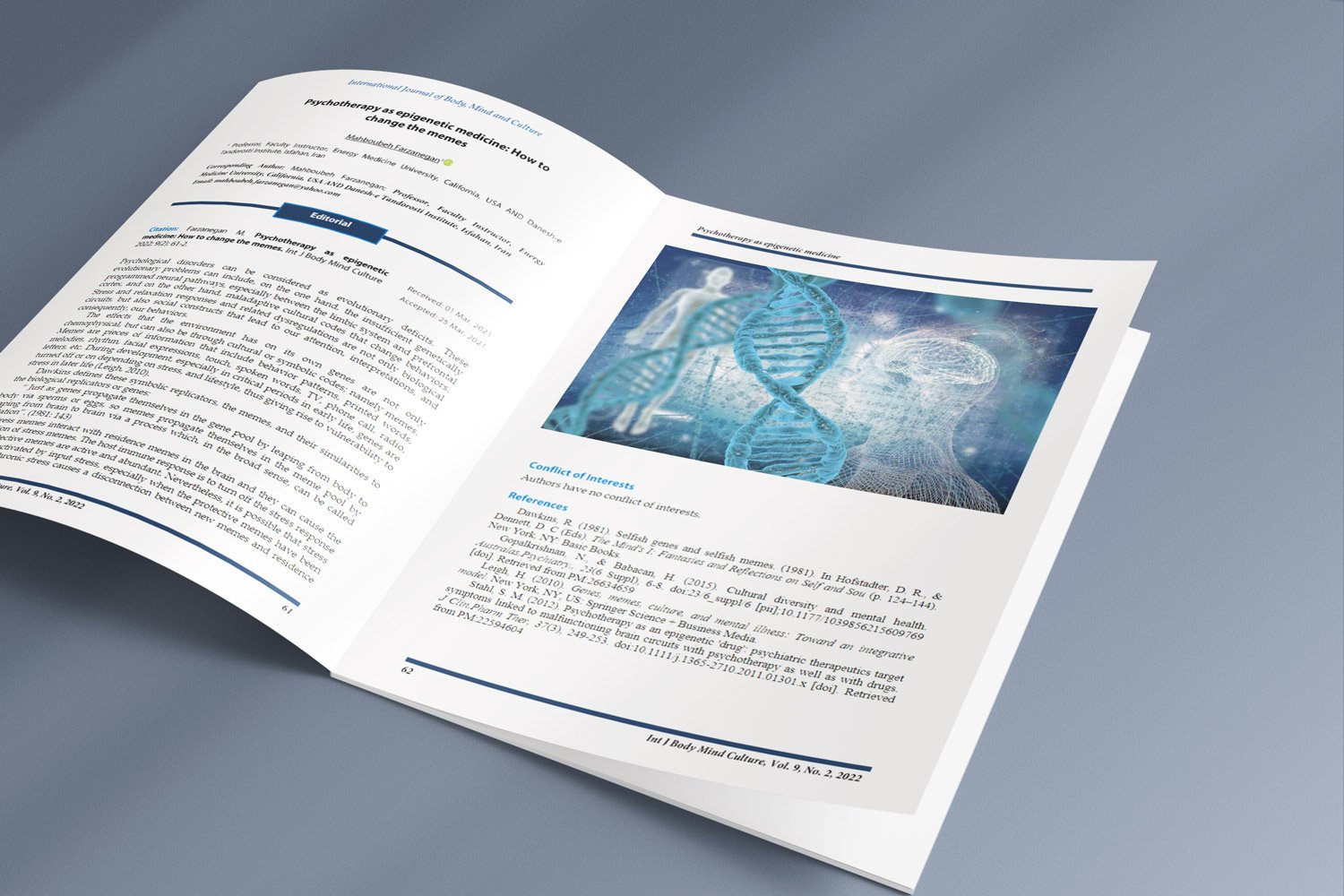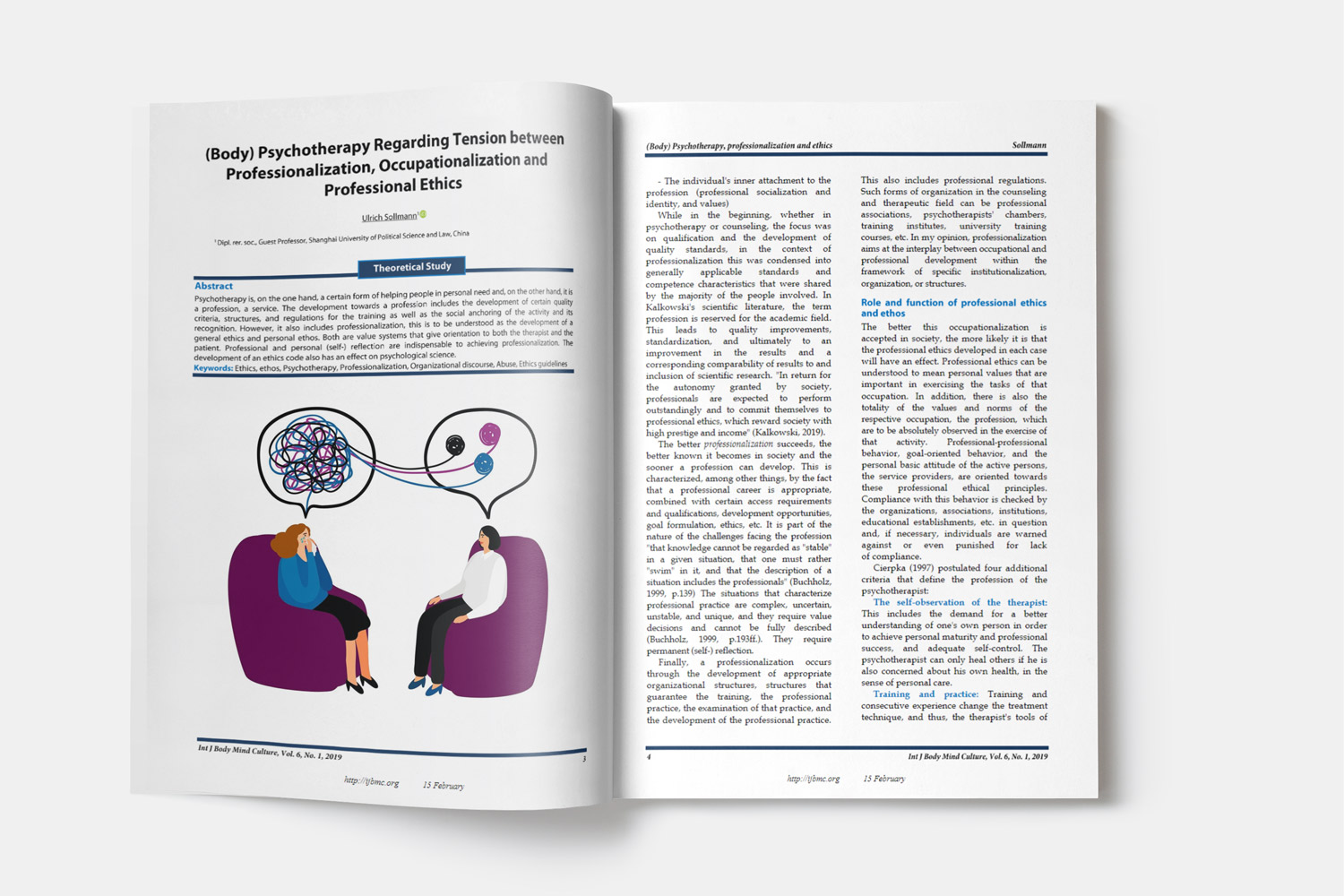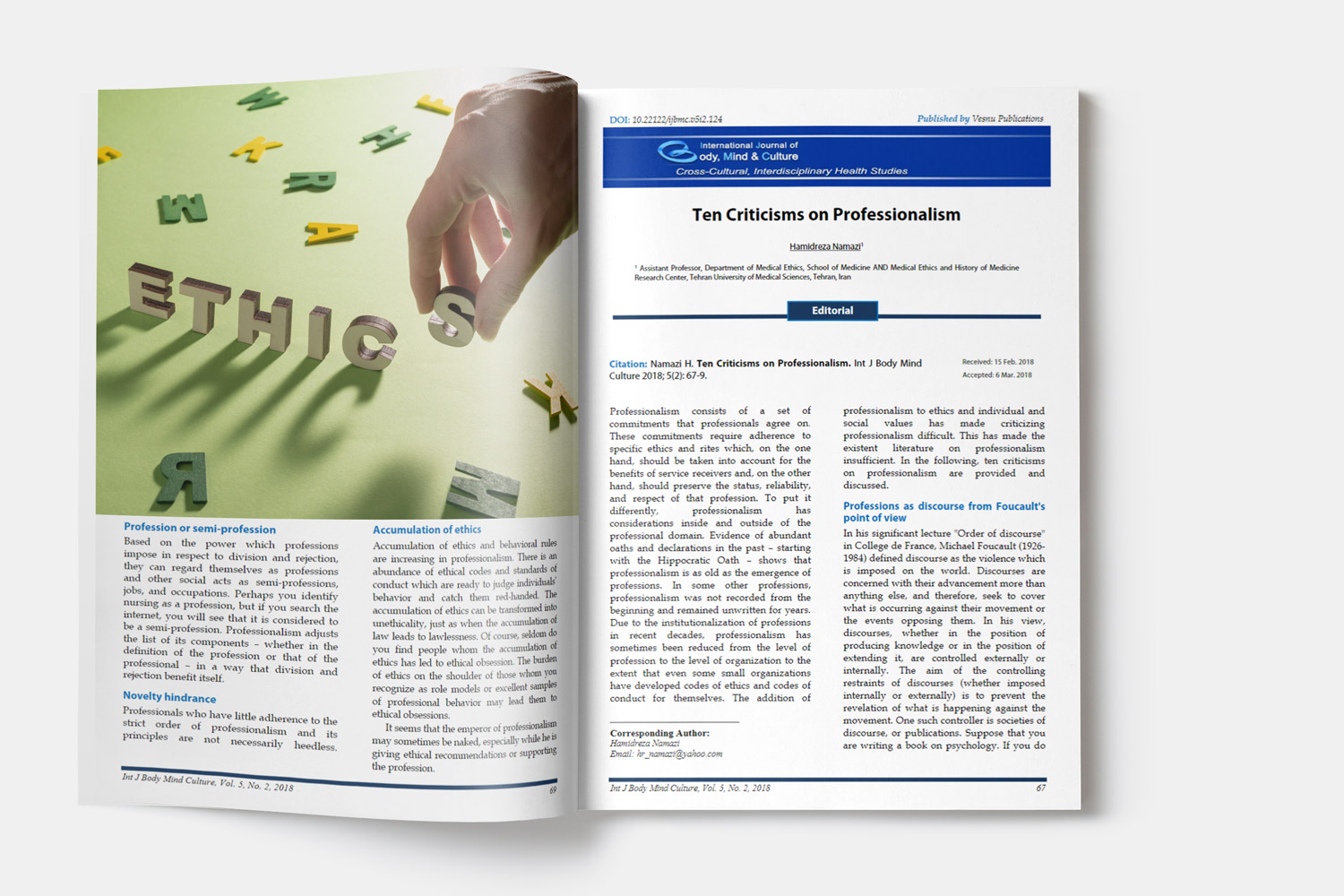Influence of Perceived Benefits and Barriers on Pregnant Women's Intention to Adhere to a Healthy Diet: A Cross-Sectional Study
Downloads
Objective: This study aims to examine the influence of perceived benefits and barriers on pregnant women's behavioral intention to adhere to a healthy diet and to identify significant differences in behavioral intention to adhere to a healthy diet among groups based on age, level of education, family monthly income, and socioeconomic class.
Methods and Materials: A descriptive cross-sectional study design was employed. A non-probability (purposive) sample of 390 pregnant women from eight primary healthcare centers in Baqubah City was selected to participate in the study. Data were collected using a self-report instrument that included sociodemographic data of pregnant women, a perceived benefit scale, a perceived barriers scale, and a behavioral intention to adhere to a healthy diet scale. The data were analyzed using the Statistical Package for Social Sciences (SPSS) version 26.
Findings: The study results reveal that perceived benefits statistically positively predict pregnant women’s behavioral intention to adhere to a pregnancy-healthy diet (p = 0.000). Perceived barriers statistically significantly inversely predict pregnant women’s behavioral intention to adhere to a pregnancy-healthy diet (p = 0.000). There are statistically significant differences in behavioral intention regarding adherence to a healthy diet among age, level of education, and family socioeconomic class groups (p-value = .002, .000, .025), respectively. On the other hand, there was no statistically significant difference in behavioral intention regarding adherence to a healthy diet among family monthly income groups (p-value = .095).
Conclusion: It can be concluded that perceived benefits and barriers influence pregnant women's behavioral intention in adherence to a healthy diet. The socio-demographic characteristics play a crucial role in shaping the dietary behaviors of pregnant women.
Downloads
Abbas, H. K., & Naji, A. B. (2021). Women's readiness to conduct pap smear test at primary health care centers in Baghdad city: the health belief model as A theoretical framework. Medico-Legal Update, 21(2). https://doi.org/10.37506/mlu.v21i2.2690
Abdalhabfiz, L., & Taha, F. (2023). Evaluation of Women's knowledge about Family Planning Methods at Omer Sawi Teaching Hospital. Iraqi National Journal of Nursing Specialties, 36(1), 49-58. https://doi.org/10.58897/injns.v36i1.631
Abed, H. N., & Abd Ali, I. K. (2021). Assessment of Associated Risk Factors with the Incidence Rate of Abortion Cases among Pregnant Women at Maternity and Pediatric Hospital in Al-Diwaniyah City. Iraqi National Journal of Nursing Specialties, 34(2), 16-27. https://doi.org/10.58897/injns.v34i2.572
Al Abedi, G. A., Arar, A. A., & Alridh, M. S. (2020). Assessment of pregnant women knowledge and practices concerning iron deficiency anemia at Al-Amara City/Iraq. Medico-Legal Update, 20(3), 151. https://doi.org/10.37506/mlu.v20i3.1593
Beasant, L., Ingram, J., Emmett, P. M., Cade, J., & Taylor, C. M. (2024). Adherence to national guidance on foods and drinks to limit or avoid in pregnancy in England. Public Health Nutrition. https://doi.org/10.1017/S1368980024000600
Belay, W. S., Cherkos, E. A., & Taye, E. B. (2022). Dietary practice during pregnancy and associated factors among pregnant women in Farta district, South Gondar Zone, Northwest Ethiopia. Clinical Epidemiology and Global Health, 100968. https://doi.org/10.1016/j.cegh.2022.100968
Beulen, Y. H., Geelen, A., de Vries, J. H. M., Super, S., Koelen, M. A., Feskens, E. J. M., & Wagemakers, A. (2020). Optimizing Low-Socioeconomic Status Pregnant Women's Dietary Intake in the Netherlands: Protocol for a Mixed-Methods Study. Jmir Research Protocols, 9(2). https://doi.org/10.2196/14796
Black, R. E., Victora, C. G., Walker, S. P., Bhutta, Z. A., Christian, P., De Onis, M., Ezzati, M., GranthamMcGregor, S., Katz, J., Martorell, R., & Uauy, R. (2013). Maternal and child undernutrition and overweight in low-income and middle-income countries. The lancet, 382(9890), 427-451. https://doi.org/10.1016/S0140-6736(13)60937-X
Dawood, Q. (2019). Effectiveness of Instruction Program on Pregnant Women's Knowledge regarding Anemia at Primary Health Care Centers in Baquba City. Iraqi National Journal of Nursing Specialties, 32(2), 19-29. https://doi.org/10.58897/injns.v32i2.332
Dubowitz, T., Ghosh-Dastidar, M., Cohen, D. A., Beckman, R., Steiner, E. D., Hunter, G. P., Flórez, K. R., Huang, C., Vaughan, C. A., Sloan, J. C., & Zenk, S. N. (2015). Diet and perceptions change with supermarket introduction in a food desert, but not because of supermarket use. Health Affairs, 34(11), 1858-1868. https://doi.org/10.1377/hlthaff.2015.0667
Fadhil, S. N., Ali, R. M., & Salman, A. D. (2021). Assessment of potential factors that effect women response to labor pain at Al-Elwyia maternity teaching hospital. Medico Legal Update, 21(1094), 8. https://doi.org/10.37506/mlu.v21i2.2832
Gibore, N. S., Ngowi, A. F., Munyogwa, M. J., & Ali, M. M. (2021). Dietary habits associated with anemia in pregnant women attending antenatal care services. Current Developments in Nutrition, 5(1), nzaa178. https://doi.org/10.1093/cdn/nzaa178
Gila-Díaz, A., Witte Castro, A., Herranz Carrillo, G., Singh, P., Yakah, W., Arribas, S. M., & Ramiro-Cortijo, D. (2021). Assessment of Adherence to the Healthy Food Pyramid in Pregnant and Lactating Women. Nutrients, 13(7), 2372. https://doi.org/10.3390/NU13072372
Haider, B. A., & Bhutta, Z. A. (2017). Multiple‐micronutrient supplementation for women during pregnancy. Cochrane Database of Systematic Reviews(4). https://doi.org/10.1002/14651858.CD004905.pub5
Khleel, H. (2021). Evaluation of pregnancy-related health behaviors' change during pregnancy for pregnant women attending Abo Ghareeb primary health care sector. Iraqi National Journal of Nursing Specialties, 34(1), 59-68. https://doi.org/10.58897/injns.v34i1.461
Khshain, W. H., & Abdulwahid, H. S. (2023). Evaluation of Pregnant Women Health Promotive Behaviors Related to Perceived Severity. Bahrain Medical Bulletin, 45(3). https://bahrainmedicalbulletin.com/Sep_2023/BMB-23-440.pdf
Kloeblen, A. S., & Batish, S. S. (1999). Understanding the intention to permanently follow a high folate diet among a sample of low-income pregnant women according to the Health Belief Model. Health Education Research, 14(3), 327-338. https://doi.org/10.1093/her/14.3.327
Laraia, B. A., Siega-Riz, A. M., & Gundersen, C. (2010). Household food insecurity is associated with selfreported pregravid weight status, gestational weight gain, and pregnancy complications. Journal of the American Dietetic Association, 110(5), 692-701. https://doi.org/10.1016/j.jada.2010.02.014
Mahalhal, H. M., & Ghafel, H. H. (2021). Dietary Habits of Iraqi Women with Breast Cancer at Oncology Hospitals in Baghdad City: Comparative Study. Indian Journal of Forensic Medicine & Toxicology, 15(1), 2322-2328. https://doi.org/10.37506/ijfmt.v15i1.13748
Nastiti, A. A., Triharini, M., Sari, N., Armini, N. K. A., Nursalam, N., & Poddar, S. (2024). Nutritional fulfillment behavior of pregnant women based on the health belief model theory in Indonesia. Nutrición Hospitalaria. https://doi.org/10.20960/nh.05022
Obaid, S. H., & Ibrahim, N. A. (2022). Influence of psychosocial problems on healthy lifestyle among pregnant women. Mosul Journal of Nursing, 10(3), 86-96. https://publications.aap.org/pediatrics/article-abstract/105/6/1313/65532
Omar, H. (2019). Assessment of the health behaviors patterns among women during pregnancy. Iraqi National Journal of Nursing Specialties, 32(1), 182-202. https://doi.org/10.58897/injns.v32i1.319
Parker, H. W., Tovar, A., McCurdy, K., & Vadiveloo, M. (2020). Socio-economic and racial prenatal diet quality disparities in a national US sample. Public Health Nutrition, 23(5), 894-903. https://doi.org/10.1017/S1368980019003240
Rifas-Shiman, S. L., Rich-Edwards, J. W., Kleinman, K. P., Oken, E., & Gillman, M. W. (2009). Dietary quality during pregnancy varies by maternal characteristics in Project Viva: a US cohort. Journal of the American Dietetic Association, 109(6), 1004-1011. https://doi.org/10.1016/j.jada.2009.03.001
Sabty, H. M., & Muttaleb, W. M. (2022). Assessment of Dietary Patterns of the Adolescent Pregnant Woman. Pakistan Journal of Medical & Health Sciences, 16(5), 674. https://doi.org/10.53350/pjmhs22165674
Salman, A. D. (2016). Iraqi Pregnant Women's Awareness about Folic Acid Intake in Prevention of Neural Tube Defect. https://www.researchgate.net/profile/Aqdas-Dawood/publication/360919084_Iraqi_Pregnant_Women's_Awareness_about_Folic_Acid_Intake_in_Prevention_of_Neural_Tube_Defect/links/62925e74c660ab61f84cea5f/Iraqi-Pregnant-Womens-Awareness-about-Folic-Acid-Intake-in-Prevention-of-Neural-Tube-Defect.pdf
Shapiro, A. (2020). Education level and adherence to dietary recommendations during pregnancy: A cross-sectional study. BMC Pregnancy and Childbirth, 20(1). https://doi.org/10.1186/s12884-020-03166-6
Younes, A. M., & Mohammed, Z. J. (2024). Assessment of Health Beliefs Regarding Weight Control among Overweight and Obese Pregnant Women: Applying Health Belief Model. Bahrain Medical Bulletin, 46(1). https://doi.org/10.36321/kjns.vi20212.2018
Copyright (c) 2025 International Journal of Body, Mind and Culture

This work is licensed under a Creative Commons Attribution-NonCommercial 4.0 International License.










